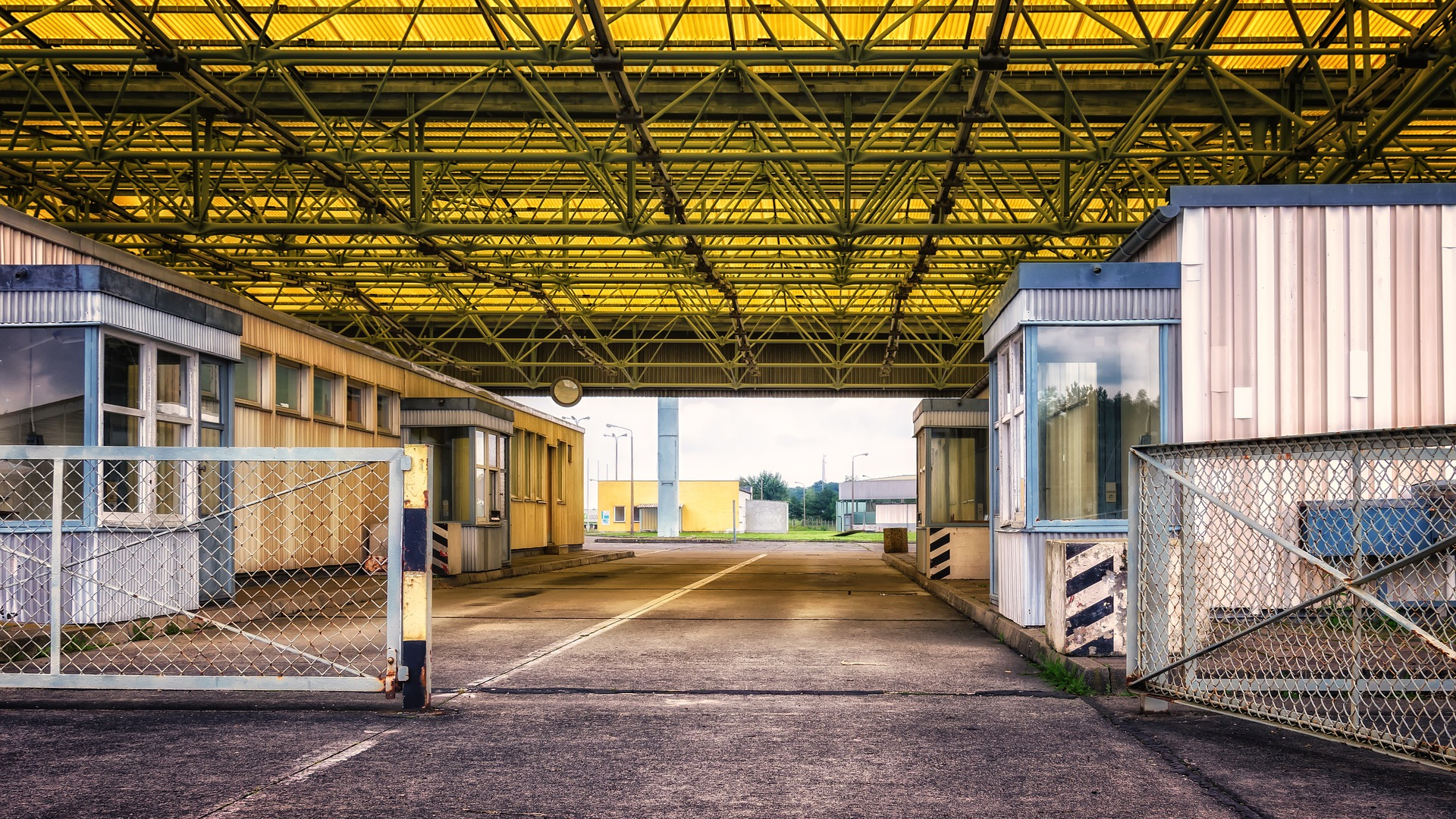

Customs Border Control
Detection of Potentially Dangerous Substances by Customs
Customs facilities represent a strategic traffic chokepoint at the entry to any country. These facilities provide the first defence against the trafficking of illicit substances via both passenger and commercial channels. In many cases customs facilities are based in huge warehouses containing many thousands of packages or can be based at the side of shipping docks, which accommodate the largest of ocean-going vessels. For passenger traffic, customs facilities normally located at the port or airport of entry.
Detecting Threats from Explosives and Narcotics
Preventing the importation of explosives and narcotics is an important strategy within most countries Customs facilities. In all cases the presence of explosives and narcotics can be detected quickly by a trace detector. The Bruker DE-tector Flex and RoadRunner instruments have been designed for this task. The former provides a high throughput benchtop capability and the latter is a handheld version suited for mobile applications.
These detectors can operate in a vapour mode sampling the vapour given off from a material of interest. Alternatively, to minimise the need to open sealed items or to damage “objets d’art”, trace detection measurements can be made on a non-scratch swab that has been rubbed on the suspect item. This swab is then placed into the instrument and informs the operator by means of a traffic light system whether an illicit substance has been found. A traffic light system is used and green means nothing has been detected whilst red means the presence of an illicit material has been discovered. Text associated with the discovery shows the name of the substance that has been detected.
This swab is then placed into the DE-tector. It then informs the operator by means of a traffic light system whether an illicit substance has been found. Green means nothing has been detected, but red means the presence of an illicit material has been discovered. Text associated with the discovery shows the name of the drug that has been discovered and the necessary legal action can then be taken with the specific item, its exporter or its importer.
Compliance with RoHS and Detection of Heavy Metals
Governments around the world have restrictions in place to protect their people from illegal or dangerous goods from entering the country. Analytical measurement techniques are readily available to help inspectors determine if imports comply.
XRF is a fast, nondestructive technology for elemental analysis of a variety of materials to check for compliance prior to crossing the border. Bruker’s Elemental Analyzer portfolio includes high-throughput lab-based ED-XRF and WD-XRF, point-and-shoot handheld XRF, micro-XRF, and total reflection XRF (TXRF) spectrometers.
Portable XRF is ideal for screening materials for fast, actionable results. Handheld XRF is used to quickly and non-destructively confirm precious metals and common alloys or identify specialty alloys known for use in weapons of mass destruction (WMD) as well as potential conflict minerals. It is also used to screen import goods on-site for restricted substances in consumer goods, electronics, tobacco, and food or agricultural products. PXRF is convenient and safe for testing small or large volumes of materials anywhere it’s needed, even at remote inspection stations.
Compliance with IMO 2020 MARPOL Low Sulfur in Fuel Regulations
The International Convention for the Prevention of Pollution from Ships (MARPOL) carriage ban on non-compliant fuel oil went into effect on March 1, 2020. Quickly and accurately measure sulfur in marine fuels to ensure bunker fuels meet regulations in Emission Control Areas and other restricted locations. This method follows ASTM D4249 higher concentration range of 0.1 to 5.0% Sulfur in Fuel and ISO 8754:2003. Suppliers, engineers, ship captains and inspectors can use our portable XRF Sulfur Measurement solutions at service labs, supply stations, on docks, in ports, and even aboard barges and ships.
Bruker’s CTX portable XRF system provides a reliable and inexpensive verification of sulfur in fuel onboard or at the terminal.